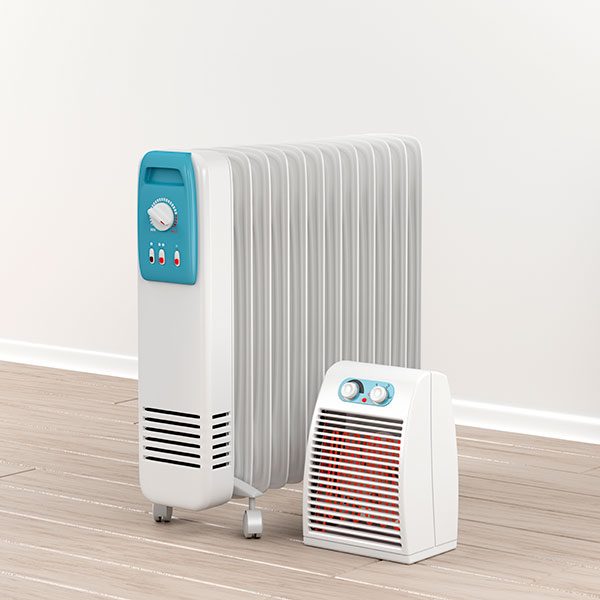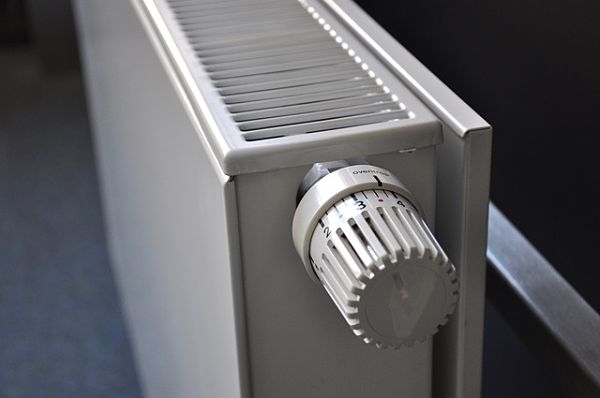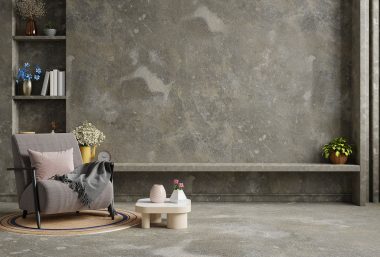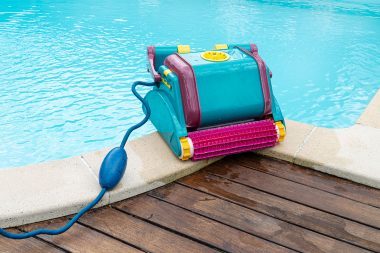How to balance heat in a two-story house in winter?
Top blog articles
If you live in a two-story home, you’ve probably felt the frustration of uneven heating. You’re bundling up downstairs one minute, and the next, you’re sweating on the top floor. Let’s see why this happens and how to balance heat in a two-story house in winter – without driving up your electricity bills.
What is the science behind uneven heating?
It all comes down to basic physics: hot air rises and cold air sinks. When you crank up the thermostat, your home’s HVAC system pumps conditioned air into your living spaces. However, because of this natural movement, the top floor often feels too warm, while the lower level remains chilly. This imbalance can lead to inefficient heating and cooling.
What should be the thermostat setting upstairs and downstairs in winter?

The two-degree rule is a simple way to balance heat. In winter, set the lower floor thermostat to your preferred temperature and the top floor thermostat two degrees higher. The extra warmth downstairs will naturally rise, evening out the temperature.
In summer, reverse the process: set the upper floor thermostat to your desired temperature and the lower floor two degrees cooler. This prevents overcooling the lower level, which is already cooler.
How do I keep my heat from going upstairs in the winter?
Keep the downstairs cool
The easiest way to keep the heat from rising is to keep the downstairs cool. On the hottest days, close the window blinds, lower the shades, or draw the curtains to keep reflected sunlight from heating the downstairs surfaces.
Control the ventilation
The idea is to limit the exchange of warm air from downstairs. To do this, close all upstairs windows and run an air conditioner or the whole-house HVAC system. Close all downstairs vents. This action will limit or prevent warm air from rising to the upper floor.
Block the stairway
The stairway is both a pedestrian and ventilation corridor. It is a massive hot air transfer corridor to the upper floor. Blocking the stairway, either by using foam or wood paneling, or even building a frame with a functional door will help keep hot air downstairs.
How to balance heat in a two-story house in winter?

If you can’t maintain an even temperature in your home, consider the following interventions.
Verify that vents under the eaves are not blocked
Soffit vents allow air to enter the attic. When blocked, air cannot flow properly through the attic, which can lead to condensation and other temperature problems. Keep your soffits clear.
Check that the inner vents are not blocked
Check the interior vents. These pull and push the air in your home around your house and through the furnace. Make sure they are not blocked by furniture or curtains. If anything blocks these vents, air will not be able to circulate properly through your home’s HVAC system.
Check for leaks in the air ducts
Air ducts in poor condition can leak 30% of your conditioned air, which is the equivalent of throwing money away. Be sure to repair any duct leaks so the air stays where it’s supposed to be – in your home.
Check the attic for proper insulation
Proper airflow in an attic is critical, and adequate insulation is also important. If ceiling joists are visible, you need to add more insulation. Properly insulating your attic prevents your home’s heat from escaping into the cold attic air.
Read more: Floor insulation
What is the recommended home temperature?
According to the Department of Energy, the most efficient home temperature is 78 degrees Fahrenheit in the warmer months of the year and 68 degrees in the cooler months. This ideal temperature makes your home comfortable to be in. It also saves energy and money. Moreover, there’s peace of mind in knowing that your home’s heating system is working fine.
What is the best way to keep your home comfortable in winter?
If you have a two-story house, you probably know how difficult it is to keep your home warm uniformly in the winter season. This is immediately reflected in your electricity bill. Here are some practical and energy-efficient tips on how to balance heat in a two-story house in winter. And, keep every floor comfortable.
Optimize your home’s HVAC system
Your HVAC system is the backbone of your home’s temperature control. If it is outdated or poorly maintained, achieving balanced heat in a two-story house can feel like a losing battle. Here’s what you can do:
Use zoned heating systems
Zoned heating systems divide your home into separate areas with independent temperature controls. The great advantage of having the house zoned with separate thermostats is that you can adjust the temperature by zones for specific requirements to ensure an even flow of warm air. With electronically controlled dampers in the air ducts, you can direct conditioned air precisely where it’s needed.
Check supply and return vents
Supply vents deliver warm air, while return vents pull cold air back into the system. Make sure none of these are blocked by furniture or debris. You can also partially close supply vents on the top floor to push more heat to the lower level.
Seal and insulate air ducts
Leaky air ducts waste energy and worsen uneven heating. Properly sealing and insulating your ducts ensures that conditioned air reaches every room efficiently.
Make sure your furnace is ready for winter
As the cold season approaches, ensure your furnace is working, furnaces should be checked annually for maintenance so they can function properly. A furnace checkup should include:
- Monitoring and inspection of burners.
- Cleaning of dust, dirt, or debris or replacement of filters.
- Ensuring safe electrical connections.
- Detecting any signs of rust on exposed metal parts.
- Ensuring the thermostat is working properly.
Get the airflow right
Balancing airflow is key to maintaining even temperatures. Here are some airflow tweaks to consider:
- Use ceiling fans: Ceiling fans aren’t just for summer. Set them to run clockwise at a low speed during winter. This helps push warm air near the ceiling back down to where you can feel it.
- Install soffit vents: While soffit vents are more commonly associated with attic ventilation, they can play a role in improving overall airflow in your home and reducing temperature disparities between floors.
- Adjust dampers to control airflow: Vent dampers can direct the air in your home. They are ideal for solving air circulation problems in multi-story homes. For instance, by closing some of these dampers you can heat bedrooms, living rooms, bathrooms, etc.
Invest in smart thermostats for smart homes
A smart thermostat can make a world of difference. It allows you to create heating schedules based on your family’s habits, ensuring comfort while optimizing energy efficiency. Some models even integrate seamlessly with zoned systems, giving you precise control over each floor.
Control insulation and drafts
Poor home insulation and drafty windows or doors can wreak havoc on your home’s temperature balance. Ensure your attic and walls are well-insulated and seal any gaps around windows and doors. This keeps the warm air inside and the cold air outside, helping your HVAC system work more efficiently.
Last thoughts: Balancing comfort with energy efficiency
Achieving consistent heat in a two-story house doesn’t have to mean sky-high electricity bills. Implementing these tips can make a significant difference in your comfort and cost.
So, the next time you feel that frustrating cold air on the first floor or sweltering heat on the second, you’ll know exactly what to do.










Your opinion matters, leave a comment